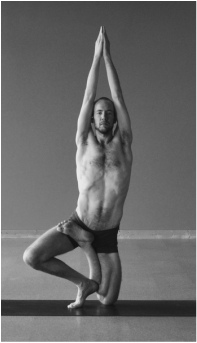|
When a student comes into our class, we become largely responsible for their health, well-being, and physical and spiritual growth. It is a big responsibility, one that takes constant vigilance and care.
We must pay attention to the students' use of their bodies to make sure they are not injuring themselves in a practice that should be healing them. We should correct any student who is executing a posture in a way that can be damaging. That includes incorrect alignment, intention or depth. We must also keep a watchful eye on the tendencies of each student. Some prefer to push very hard, some prefer to do very little. As teachers, we should recognize the differences in our students and encourage them to balance out their practice - the students who like to push should back off a little bit. The ones who tend to back off should push a little bit. This is a lot of responsibility for a teacher, and it gets tougher as the class gets bigger. It is much easier to regulate the practices of 5 people than it is to regulate 30. But our intention should be the guidance of our students' practice, not just choosing what pose they do next.
0 Comments
Leave a Reply. |
This journal honors my ongoing experience with the practice, study and teaching of yoga.
My FavoritesPopular Posts1) Sridaiva Yoga: Good Intention But Imbalanced
2) Understanding Chair Posture 2) Why I Don't Use Sanskrit or Say Namaste 3) The Meaningless Drudgery of Physical Yoga 5) Beyond Bikram: Why This Is a Great Time For Ghosh Yoga Categories
All
Archives
November 2017
|


 RSS Feed
RSS Feed